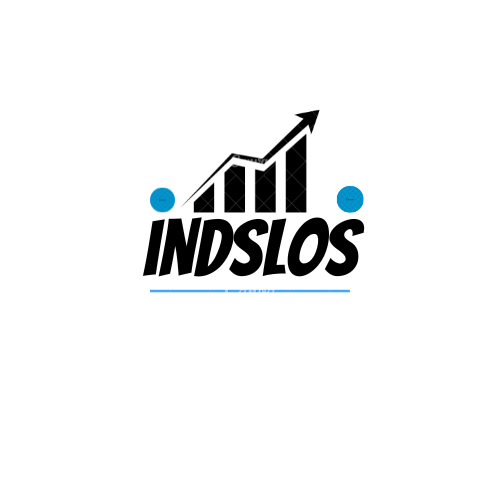
Lowest-Risk Municipal Bonds in the USA
Introduction:
Municipal bonds are debt securities issued by state and local governments to finance public projects. They are often considered to be a safe investment because they are backed by the full faith and credit of the issuer. However, not all municipal bonds are created equal. Some are riskier than others.
In this article, we will discuss the lowest-risk municipal bonds in the USA. We will look at the different types of municipal bonds, how they are rated, and what factors to consider when choosing the safest bonds.
Types of Municipal Bonds
There are two main types of municipal bonds: general obligation bonds and revenue bonds.
- General obligation bonds are backed by the full faith and credit of the issuer. This means that if the issuer defaults on its debt, taxpayers can be forced to pay the bondholders. General obligation bonds are considered to be the safest type of municipal bond.
- Revenue bonds are backed by the revenues generated by a specific project. For example, a revenue bond issued to finance a toll road would be backed by the tolls collected on the road. Revenue bonds are considered to be riskier than general obligation bonds because they are not backed by the full faith and credit of the issuer.
Bond Ratings
Bonds are rated by credit rating agencies such as Moody’s Investors Service and Standard & Poor’s. The ratings range from AAA (the highest) to D (the lowest). The higher the rating, the lower the risk of default.
General obligation bonds with a rating of AAA or AA are considered to be the safest. Revenue bonds with a rating of AAA or AA are also considered to be relatively safe. However, revenue bonds with a rating of BBB or below are considered to be riskier.
Factors to Consider
In addition to the type of bond and the rating, there are other factors to consider when choosing municipal bonds. These include the maturity date, the yield, and the tax implications.
- Maturity date is the date on which the bond matures and the principal is repaid. Bonds with shorter maturity dates are generally considered to be safer than bonds with longer maturity dates. This is because there is less time for the issuer to default on its debt.
- Yield is the interest rate that the bond pays. Bonds with higher yields offer more potential return, but they also carry more risk.
- Tax implications municipal bonds are often exempt from federal income tax and state income tax in the state where they are issued. This can make them a more attractive investment for investors in high tax brackets.
Conclusion
Municipal bonds can be a safe and tax-efficient investment. However, it is important to choose the right bonds. By considering the type of bond, the rating, the maturity date, the yield, and the tax implications, you can minimize your risk and maximize your returns.
Here are some additional tips for investing in municipal bonds:
- Diversify your portfolio by investing in bonds from different issuers and different states.
- Consider investing in municipal bond funds or ETFs. This can help you to diversify your portfolio and reduce your risk.
- Work with a financial advisor who can help you to choose the right municipal bonds for your needs.









Leave a Reply